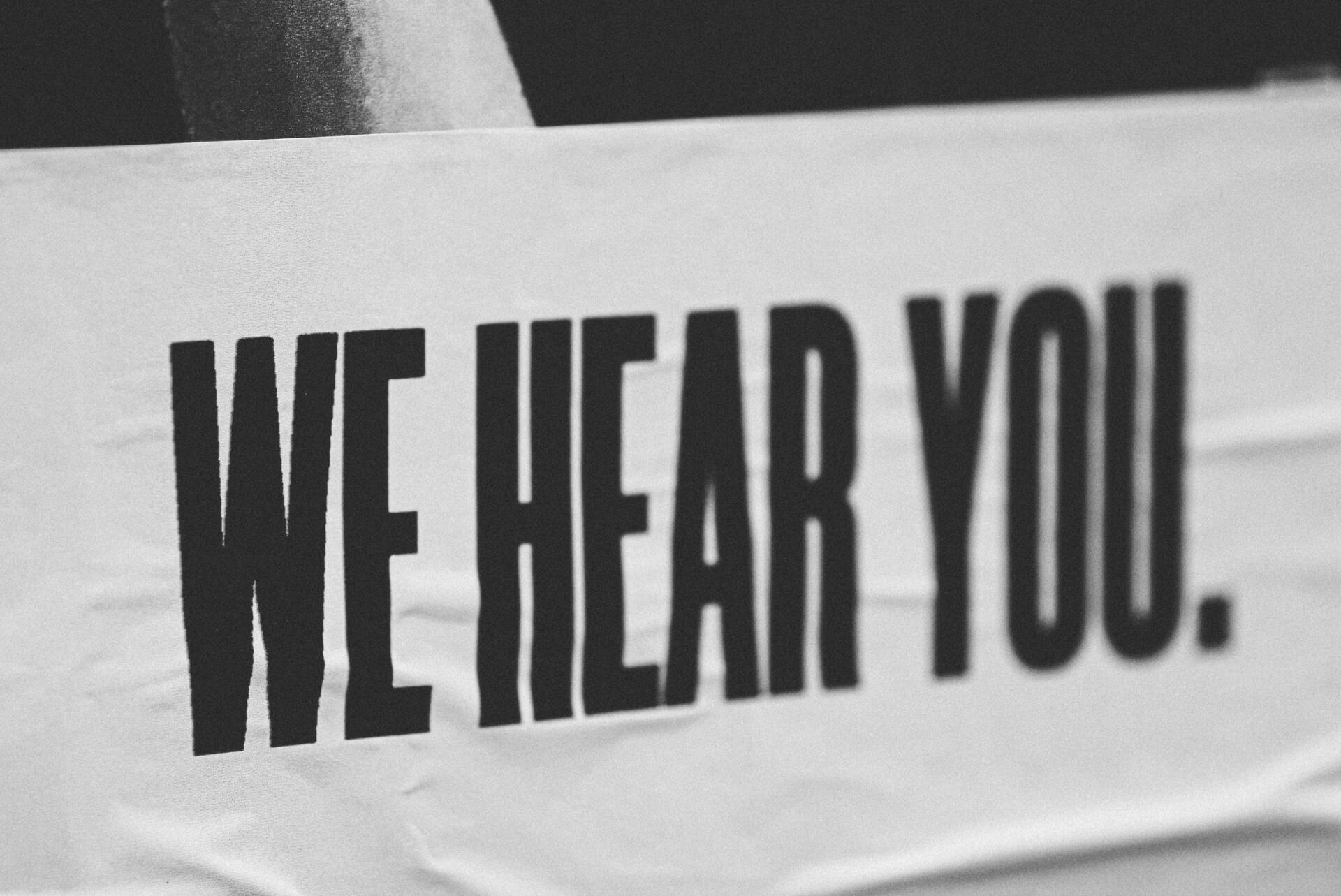Breakdown recovery
- By Mark Aikman
- •
- 28 Jun, 2021
- •
What to do when a wheel comes off #1

In digital transformation, wheels will come off.
With a bit of luck, they won’t all come off at once. And all you’ll need is a
wheel brace, a spare tyre – or at very worst, the AA.
Living in expectation of a problem arising will help. By expecting a problem, you’re likely to spot the warning signs. But equally, you’re less likely to panic, lose heart or feel you have to go and get another job. Transformation success is all about pragmatic resilience.
This week and next week, I’m looking at roadside repairs for digital transformation, starting with breaking down at the end of your own street….
Early-stage setbacks tend to centre on failing to get permission – and crucially, budget – for realising your ambitions. What do you do when the Board fails to share your vision?
You can’t win ‘em all, as we occasionally have to say at St James’ Park, NE1. And in my experience of IT transformation, sometimes, despite your best efforts, three months of preparation and 874 brainy ideas, you take your proposed programme to the Board: and you get a resounding “no”.
So what do you do then?
First up, just as in football, you do not punch the ref or mutter that the other team smells. Of course you are disappointed and possibly even furious, but when you hear that resounding no, you need to make every effort to park your emotions and really listen hard to the reasons given for rejecting your proposal. The Board will give you a few minutes grace to ask two or three questions to help you clarify where their objections lay – so pick the ones that will give you the best understanding of the root cause of their decision. Just keep it to a couple of questions, though – a long series of queries all beginning “Yes, but…” will make you look irritatingly defensive. Then leave, politely thanking them for their time.
Next, feel free to go and stand round the back of the office and kick the bins, providing no-one can see you. Once you’ve got a grip on your language, you’re ready to go and tell your team.
Of course, they’re going to be disbelieving, disappointed, disheartened, disapproving and disgusted. Possibly in that order. You’ll need to let all those emotions be expressed. And once the grumbling has been given airtime, you’ll be ready to start on the fixing stage.
First step in the fixing stage for me is to work out where we went wrong. You’ll have your notes on what the Board said, which might include:
- The figures. Did we get it right, mathematically? Did we over-egg the content and so put the price up? Did we miss a bit, making us look like we were not being fully honest about costs? Did we fail to manage their expectations earlier of what this programme might cost?
- The angle. Did we offer to fix the correct problem – i.e. had we got the problem statement right? Did we have a big enough solution? Or where we fixing too many things that weren’t yet broken? Did we have the right amount of emphasis on each part of the solution we offered, or was there a wonky imbalance?
- The timing. Should we be fixing this now? Were we offering a solution that was too slow for the Board’s agenda? Or scarily fast for the size/mood of this organisation? Might we even have presented at the wrong time of the financial year?
- The communication. Did we get our story right? Did we make the proposal clear – i.e. did they truly understand what we were trying to say and do? Did they get why the organisation needs to do this thing? Did we ensure they were worried enough about the consequences of not doing it?
- The Other Things. We don’t know what we don’t know – and often, the Board is not able to tell us what that is. What if there’s a merger or acquisition imminent? Or a restructure? What if there are big budget cuts coming?
These questions will give you an insight into where it went wrong. They’ll direct you towards the additional evidence, ideas or information you’ll need to work on. However, they will only work if you answer them 100% honestly. Be prepared to admit – to yourself and to others – that you made an omission or a misjudgement.
Your answers will give you and the team an action plan. And you can divert the energy that you’d all planned to put into the programme to creating the revised proposal, with no tears before bedtime.
Don’t rush it; do a really thorough job on the re-worked offer, because it has to be even more convincing now you’ve had a refusal. And while you’re doing that, any Other Things That They Couldn’t Tell You might see the light of day. So, chin up, ball on the centre spot, kick towards the goal…
This is based on an extract from Mark Aikman’s book Uncommon Sense: Alternative Thinking on Digital Transformation
Amazon location: https://www.amazon.co.uk/Uncommon-Sense-Alternative-Thinking-Transformation-ebook/dp/B08KSG513Q
Apple location: https://books.apple.com/gb/book/uncommon-sense/id1536877985

https://www.future-processing.com/blog/selecting-a-supplier-natural-selection/








